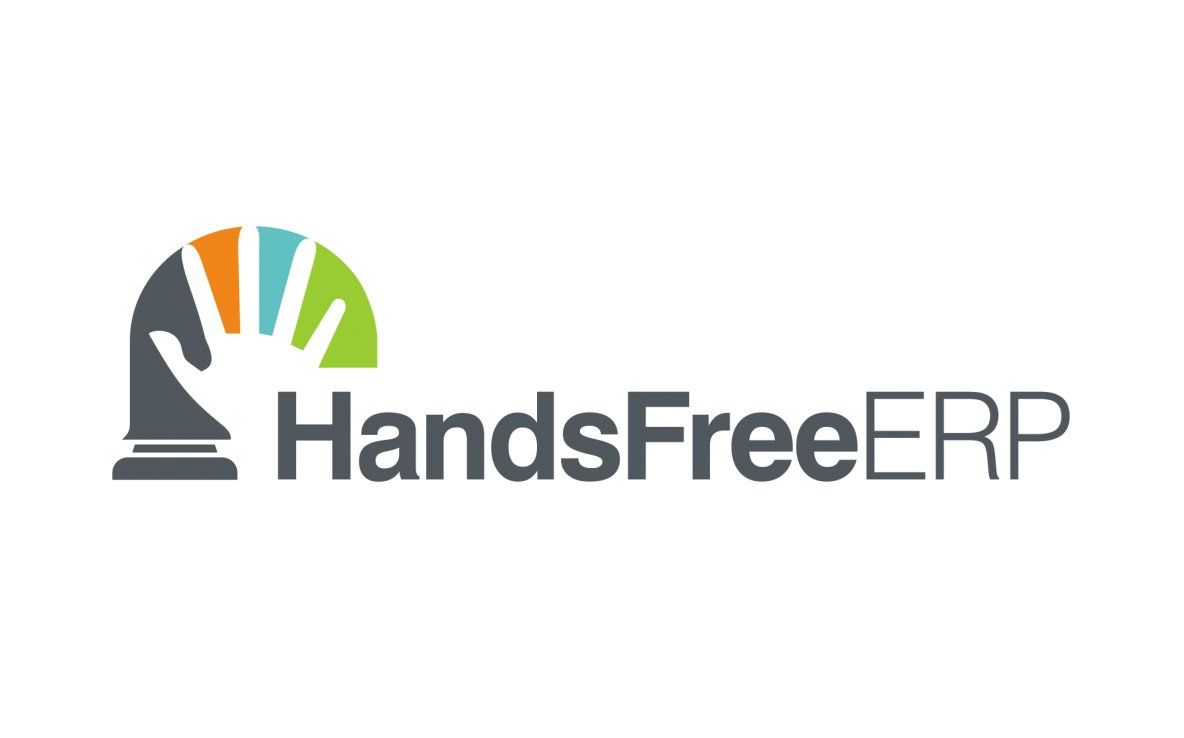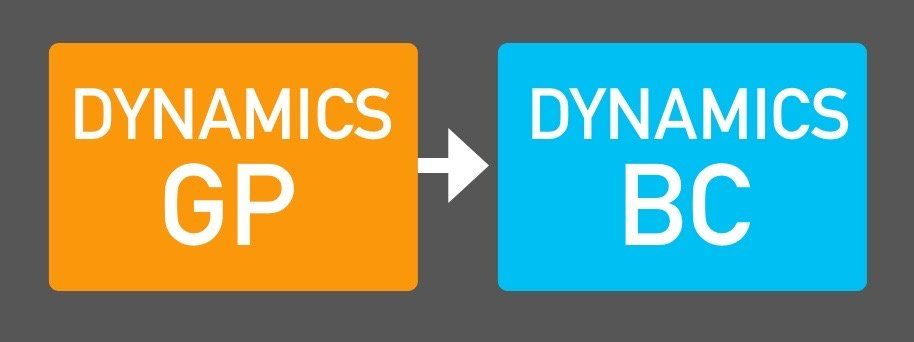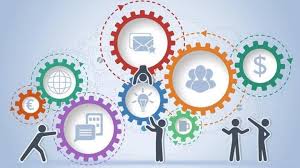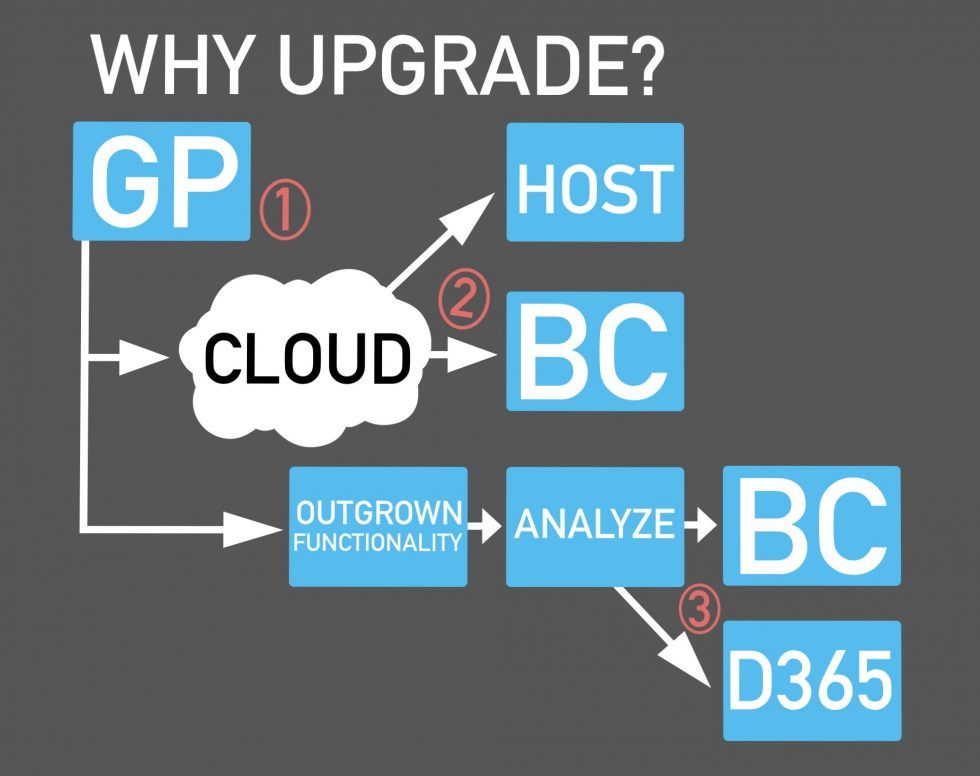Peter Joeckel, with more than thirty years in the ERP business helping companies select and implement software solutions, is in a unique position to offer alternative solutions for “tried and failed” ERP software selection and implementation strategies. Whether you’re in the middle of a challenged implementation or just beginning to research available resources, contact Peter and the TurnOnDynamics team today.
Taking the Leap from QuickBooks to Microsoft D365 F&O
The typical life-cycle of a business sees it implement three ERP systems: QuickBooks, an “upgrade” to QuickBooks, and finally a “real” system. This is at least one, if not two, systems too many!
The standard rationale for following the traditional ERP system trajectory is cost. However, I see that as shortsighted and self-defeating for an individual company, as well as an industry.
The real cost of an “ERP System” is not the cost of the software and the implementation services. That is the tip of the iceberg. The real cost is the time and effort to implement and then re-implement systems, not to mention the lost opportunity costs of systems that restrict growth and provide poor information.
My favorite quote from a customer who “overbought” a Microsoft Dynamics solution rather than settling for QuickBooks is:
“I made the decision based on what we can be not on what we are today!”
I got goosebumps just typing that.
Let’s set that aside for a moment. What is the impact on your team of getting a solution that you must implement only once? A solution that you can grow into? A solution that does not inhibit growth artificially? A solution that screams confidence about your potential?
The Microsoft Dynamics Cloud ERP offerings have generated a lot of attention from companies that are overloading their QuickBooks system to the point that it is holding back growth.
Many of them are “stuck in the middle” of the ERP solutions available to them and forced to make a sub-optimal buying decision between functionality and cost:
- Their current QuickBooks has completely crippled them and limited growth.
- An affordable “mid-tier” ERP solution, such as Microsoft Dynamics GP or Microsoft Dynamics D365 for Business, only gets them part way to the functionality that they will eventually need.
- A robust solution like Microsoft Dynamics D365 for Enterprise that provides all the functional and technical requirements for a sophisticated company and is the platform for future growth is “too expensive” from a licensing standpoint.
While it may be true that the licensing cost for an enterprise level ERP solution looks daunting to a growing company looking to upgrade from QuickBooks, the fact is that it may be dramatically more cost effective if analyzed in terms of opportunity costs:
- The lost growth in business reflected by an ERP solution that does not function as a strategic tool
- The real cost of doing another software upgrade when the software cost is deemed to be acceptable for a true Enterprise-level platform
To understand the true cost of ownership of an ERP solution, contact us. We can also show you how a rapid implementation of an enterprise level ERP solution can dramatically save and even make you money.
ABOUT THE AUTHOR










